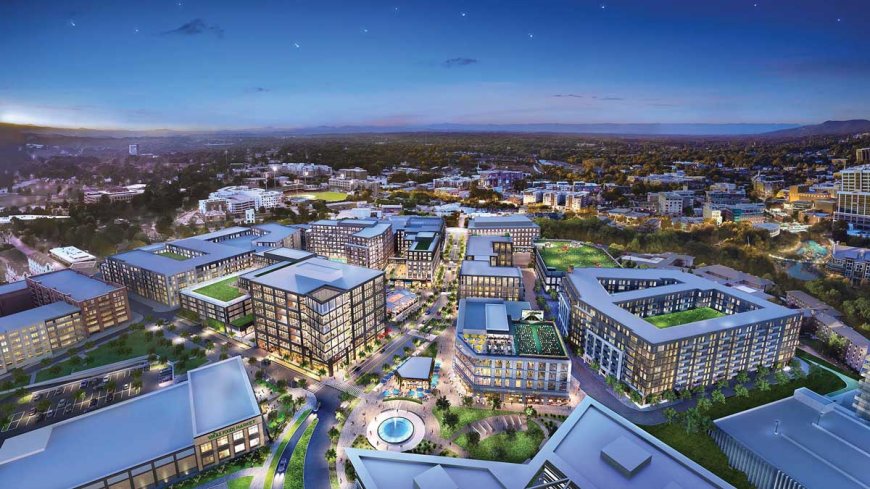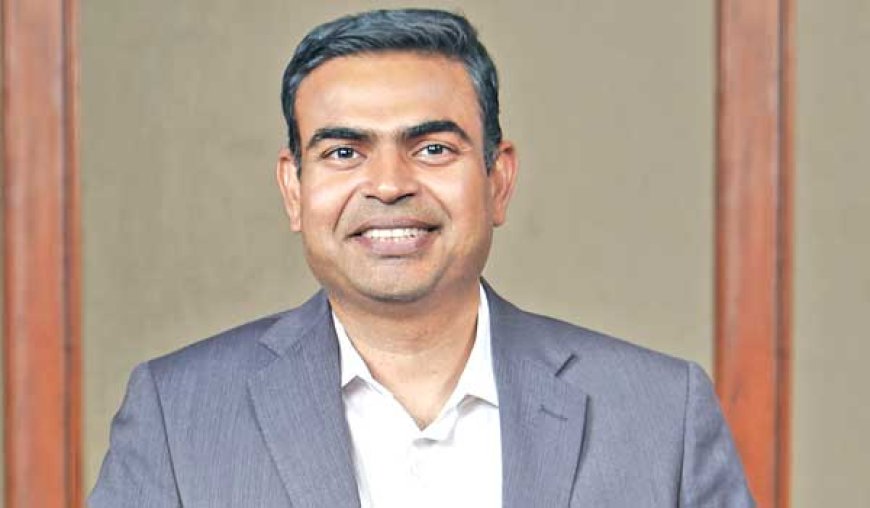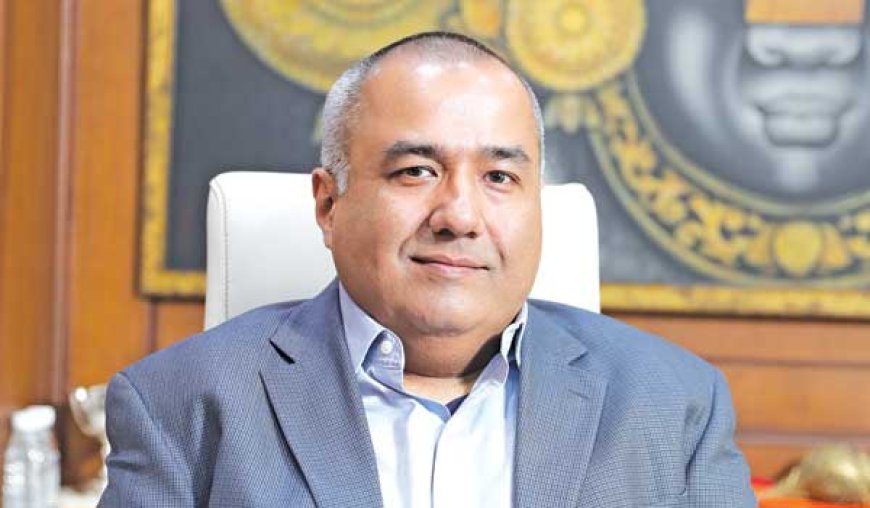New Opportunities

Indian real estate market is poised to grow further in the coming years to touch $1.5 trillion mark by 2034. In this positive outlook, Construction Times explores the emerging opportunities for real estate players and how they are prepared to the future market opportunities.
The Indian real estate sector has seen a turnaround in 2023 with a strong overall performance. The recent spurt in land deals by various developers shows a possible upsurge in the real estate market in 2024-25. Residential, commercial, retail, industrial and logistics & warehousing are driving prime land deals in key locations across India. An ANAROCK data indicates that various developers and entities sealed approx. 101 separate land deals in fiscal year 2023-24, cumulatively accounting for nearly 2,989 acres across the country. In contrast, FY-2022-23 saw 88 land deals for approx. 1,886 acres closed across various cities.
Trends to look for

The real estate sector performed remarkably well last year, with residential, commercial, and retail segments experiencing significant growth, according to Jagadish Nangineni, Managing Director, SOBHA Limited. “The shift towards a hybrid work model in metros and a desire for larger living spaces have driven a notable rise in launches of new homes that can meet these demands,” he adds.

The real estate sector, particularly the mid high, luxury and ultra-luxury residential segment, has been thriving in recent years, and demand is expected to remain strong. Factors such as a better economic scenario, improved income levels, the desire to upgrade, and modern designs and amenities offered by developers contribute to this trend. Aman Sarin, Director & Chief Executive Officer, Anant Raj Limited, adds, “We believe that in the current fiscal year, homebuyers will continue to prefer projects from reputable developers. Key considerations will include good location, design, layouts, and green spaces. Additionally, amenities like clubhouses and recreational areas significantly influence homebuyer decisions, driving demand for projects that meet these criteria.”

Shivam Agarwal, VP - Strategic Development, Sattva Group, provides the trend in residential and commercial segments. “On the residential side, there is a clear shift towards suburban living, with increased interest in outlying areas offering affordability and larger living spaces. Buyers are placing significant emphasis on amenities such as green spaces and recreational facilities, reflecting a growing focus on lifestyle and wellness. In the commercial sector, there is a rise in demand for flexible workspaces as companies have adapted to hybrid work models. Technology integration is a growing focus, with an emphasis on smart buildings and digital amenities to enhance efficiency and tenant experience.”
Opportunities & challenges

The Indian real estate market is brimming with exciting opportunities. “A growing economy fuels demand for quality housing across various segments. This allows us to create a diverse portfolio catering to a wide range of buyers. Additionally, the rise of sustainability awareness presents a chance for us to champion eco-friendly practices and create lasting value,” says Sarveshaa SB,
The market is poised for growth and the real estate industry in India continues to look promising. According to Nangineni, India is currently witnessing a surge in confidence and optimism on what has been achieved in the recent past, particularly after COVID. “Hence, we are optimistic about future market opportunities in real estate in an ever-changing demand environment,” he adds.

Along with the opportunities, challenges exist. Economic conditions, fluctuating interest rates, and shifting consumer sentiments can influence both the demand for new developments and the cost of construction. Some of the challenges highlighted by the players include rising costs and a complex regulatory landscape that can strain project budgets and timelines. Furthermore, resource management is a persistent challenge, with the need to ensure the availability of high-quality construction materials and skilled labour to maintain project standards. “Effective project planning and management are imperative to address these issues, requiring meticulous coordination with stakeholders, proactive risk management, and the ability to swiftly resolve any issues that arise during the execution phase. These factors collectively underscore the complexity and multifaceted nature of successfully executing real estate projects in today’s dynamic market environment,” highlights Vikram Singh, President, Central Park.
Speaking on the challenges, Nangineni adds, “Market dynamics, such as consistent availability of people resources, supply chain issues impacting material supplies, and volatile input prices of commodities do require swift decision-making and effective tactical strategies.”

“Although real estate developers face a variety of challenges, including growing building prices, regulatory complications, and the need for sustainable practices, interest rate fluctuations and economic uncertainty are additional risk factors,” adds Ram Naik, Director, The Guardians Real Estate Advisory.
Looking ahead
The market is poised for growth and the real estate industry in India continues to look promising. Developers and consumers are increasingly focusing on sustainable practices and green building infrastructure. “Sattva Group prioritizes sustainable and technology led development. We integrate green building design into our projects that resonates with the growing demand for environmentally and socially responsible real estate,” says Agarwal.
“With the current economic landscape and the supply dynamics of luxury and ultra-luxury housing, we foresee sustained growth in the housing sector, with robust demand expected in the future, especially for developers with strong track records,” says Sarin.

Looking at the future market dynamics and opportunities, Ranjeeth Rathod,
Elaborating on the plans ahead, Singh says, “While we are constantly endeavouring to bring-in uber luxury serviced apartments, residences, high-rises, and unique living spaces, we're constantly innovating to elevate the resident experience even further. This further includes the addition of educational institutions (IB & CBSE Schools - Vedanya), healthcare facilities, various clubs and advanced security systems, all integrated seamlessly in our developments.”
As Indian real estate market aims to touch $1.5 trillion mark by 2034, leading real estate players are bullish on the opportunities ahead. This positive outlook is expected to lead the market growth in the years ahead.







